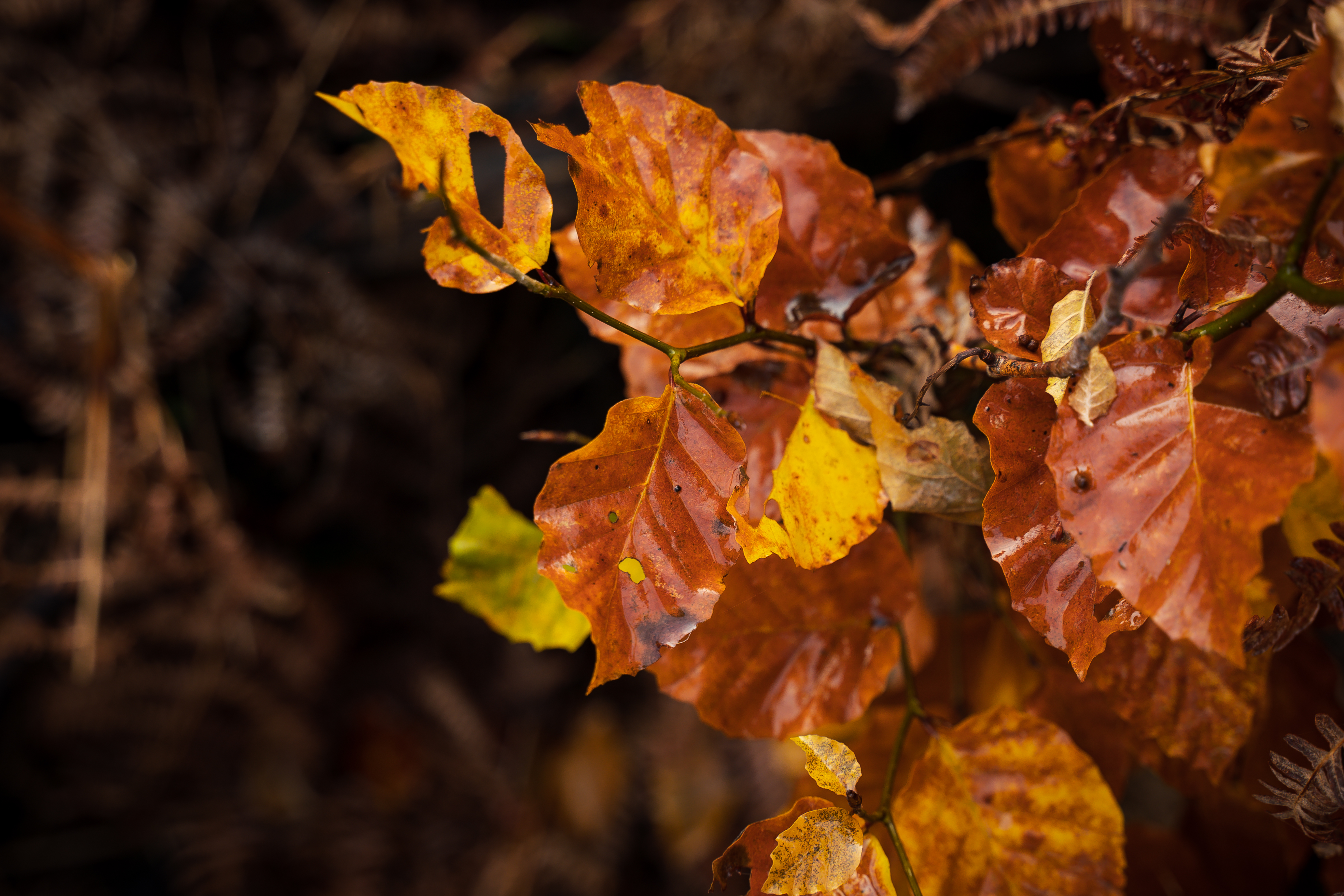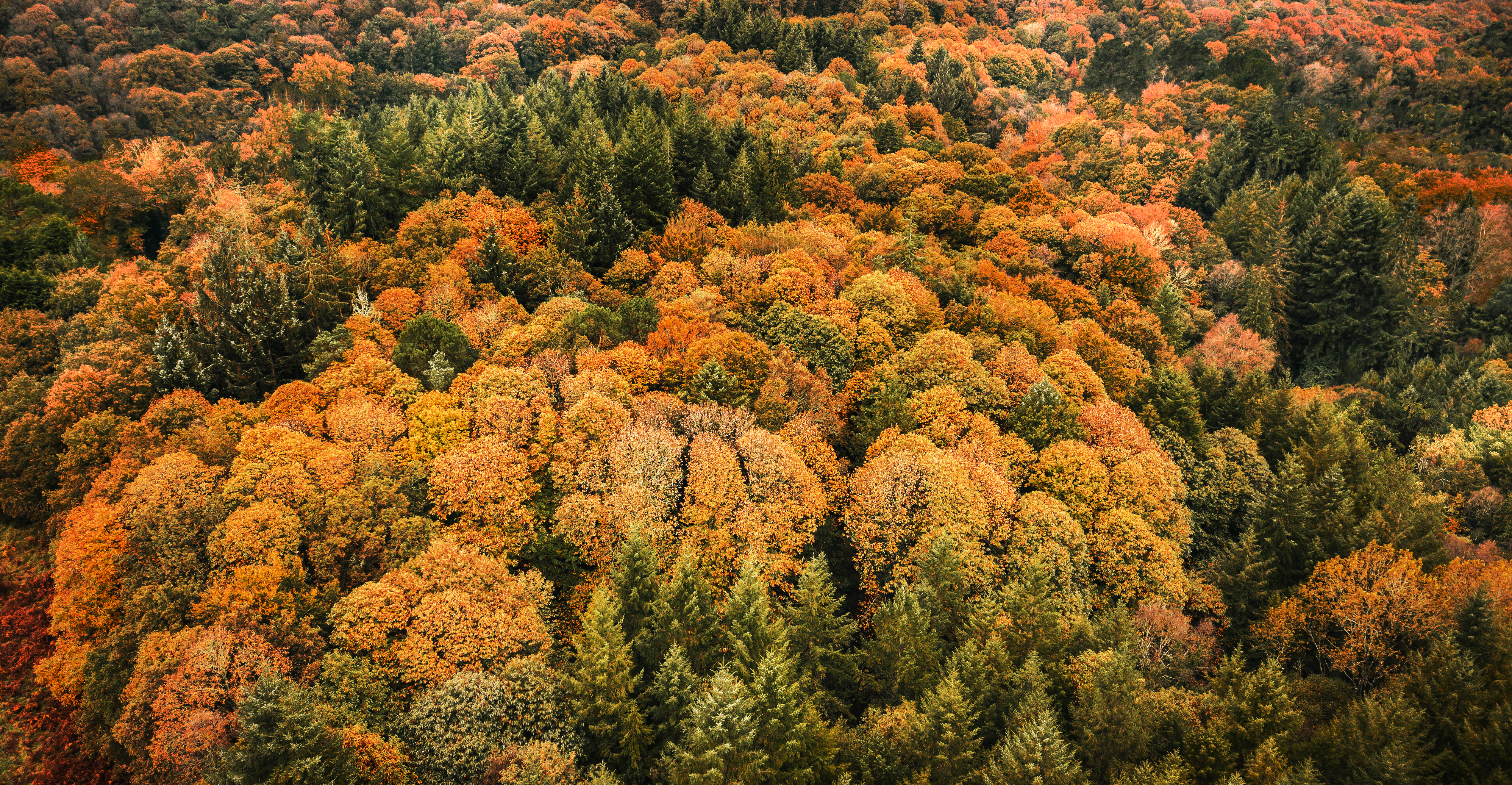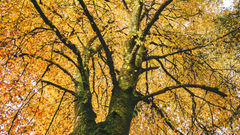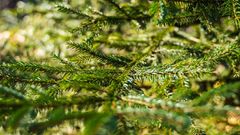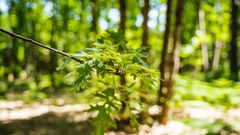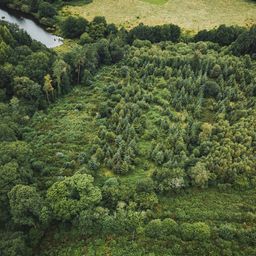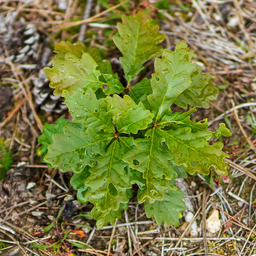Sep 15, 2021
What happens in the forest in autumn?
Autumn is a time of change for animal and plant life, but it’s also great for forest activities and the start of planting season for our forestry team.
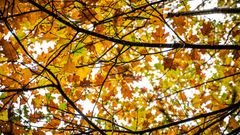
Autumn is a season of change, and it’s the perfect time to discover what’s happening in your local forest. As the days get shorter and the air turns crisp, there’s nothing better than pulling on your boots and spending a few hours among the trees with family or friends.
In this article, we’ll take you inside the forest to explore what happens when autumn arrives, suggest fun activities to try, and reveal the work our EcoTree team takes on during this busy season of transformation.
Why do leaves change colour?
Autumn is nature’s most spectacular light show, with forests transforming into a dazzling array of yellows, oranges, and reds. But do you know why it happens? During summer, leaves are packed with chlorophyll. As the days grow shorter and sunlight fades, the tree reflects the changing season by turning its leaves into a brilliant display of yellows, oranges, and reds, and the chlorophyll breaks down.
That’s when hidden pigments like yellows and oranges finally shine through! If the summer was particularly sunny and dry, you’ll see more deep red leaves, thanks to special pigments called anthocyanins.
How forest animals adapt to autumn
It’s not just tree and plant life that changes in autumn. The new season also sees a range of animal and birdlife adapt to the cooler climate and different habitats. In the UK, autumn is when birds migrate to the country’s wetlands, countryside, or to enjoy the milder winter.
Of course, it’s the time of year when those animals that hibernate prepare for their long sleep during the coldest months. You may find hedgehogs, mice, bats and some reptiles on the lookout for somewhere to shelter. Autumn is a chance to stock up on fat reserves and find the perfect place for hibernation.
For the forest’s hoarders, the change of season provides an opportunity to start collecting. Squirrels, magpies, and other bird species play “forest hide-and-seek,” burying nuts and acorns they can return to and eat when food becomes scarce in winter.
Many of these buried acorns are never eaten... and grow into magnificent trees! You can find some of these species in our TreeShop.
Autumn forest activities
Autumn is clearly a busy time for the natural world, and that means we humans get to observe all the action. It’s an excellent time to grab your family or friends, lace up your boots, and hit the trails. Many forests have dedicated routes that you can take, and you can usually find a map or regular signposts. Plan ahead to make sure your walk is just the right amount of physical challenge for your group.
While you’re there, this is the perfect opportunity to enjoy some bird watching and animal spotting. Look out for hides that allow you to observe without disturbing any of the local wildlife. And don’t forget to take along a pen and some paper to make a note of all the things you see on your trip.
Children love spending time in the forest, too, of course. From den building to cone collecting and even some good old-fashioned leaf stomping, there is plenty for them to do and enjoy on a day in the trees. Just wrap them up in warm clothes and encourage them to safely explore the forest world.
Planting season begins
Autumn is one of the busiest seasons for our team at EcoTree, when planting season kicks off! Every year, we aim to plant tens of thousands of trees in our EcoTree forests. Although planting starts in November, there is still plenty of work to be done to prepare.
Before any trees make it into the ground, we need to analyse and define planting patterns in each forest. What kind of soil are we working with? How might the local climate affect the trees? We need to answer these important questions, then prepare the plants in our nurseries.
Once planting begins, our team is hard at it all the way through autumn, winter and into spring. For example, we plant in Malicorne sur Sarthe, our forest near Le Mans, in November, but in Brittany, we wait until the end of the planting season.
Planting so many trees is a long process, but it’s one we take seriously to make sure our forests continue to grow and thrive. It helps that they are on good land chosen by our team for its excellent planting conditions!
Biodiversity projects
Trees are at the heart of our work at EcoTree, but we also engage in a number of other initiatives that support and protect the environment. Our work to improve biodiversity includes agroforestry, bee plantations and wetland projects.
There are many biodiversity projects in progress across Europe with plenty more launching over the coming months, which will see us:
- Install honey and fruit hedges
- Create new educational trails
- Install nesting boxes for birds
- Monitor bird and bat populations
Biodiversity is so important to our planet, and our work in this area is an increasing part of what we do at EcoTree. Learn more about how you (or your company) can get behind our biodiversity projects.
Go explore the forest
That’s just a sneak peek of what we’re up to this autumn. Why not take a trip to your nearest woodland and see the magic of the season for yourself?
Get your boots on and enjoy the many colours of the forest before the leaves start to fall and winter takes hold. And don’t forget to share your photos with us through Instagram. Now it’s your turn!
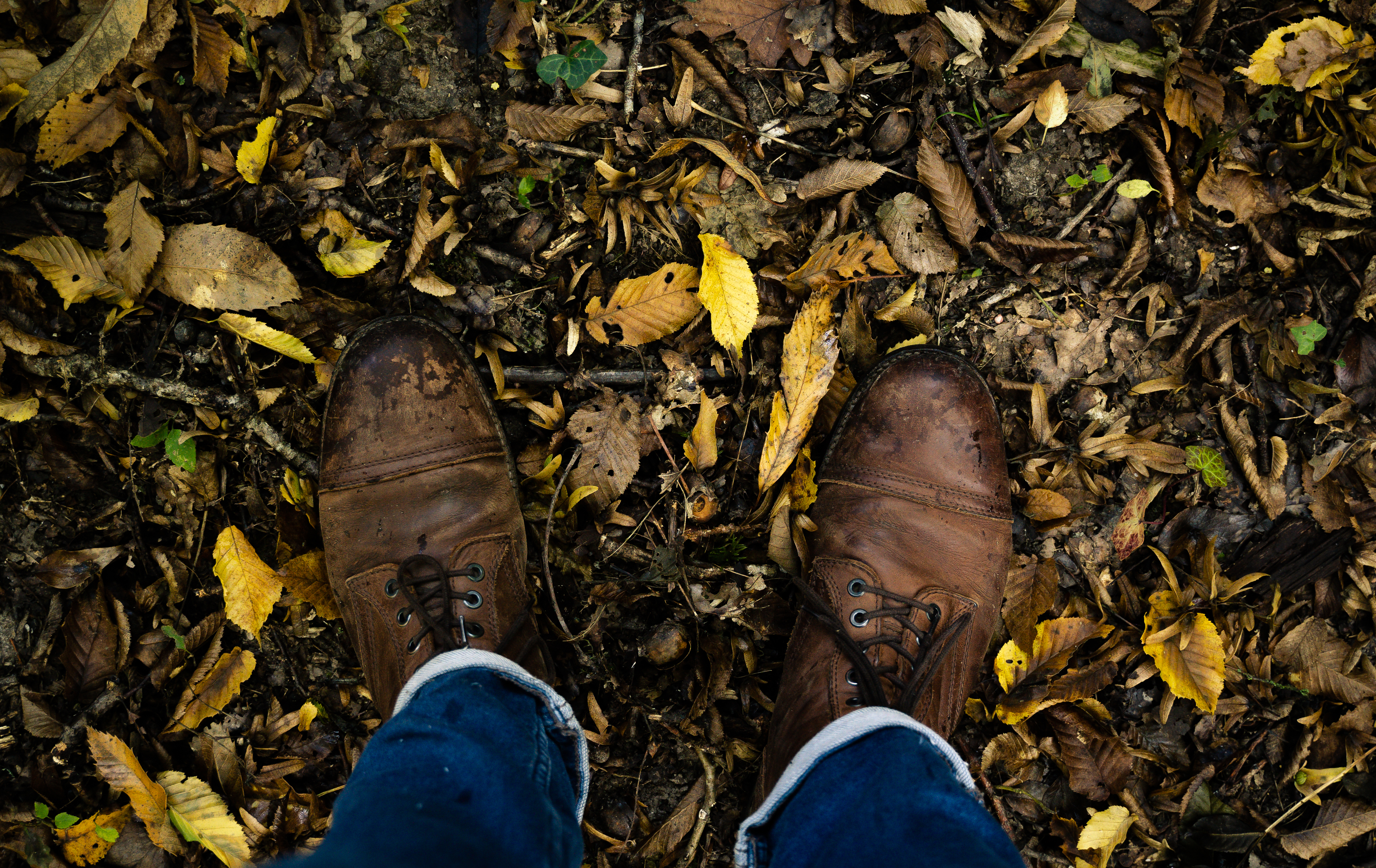
Become a tree owner
What if you could own a tree? With EcoTree, you can! Our unique approach to forestry lets anyone, yes, even you, become a proud tree owner in just a few clicks. Ready to grow your forest? Get in touch to learn more!
